Beauty 3.0
In the metaverse, we can be whoever we want to be. Is that a good thing?

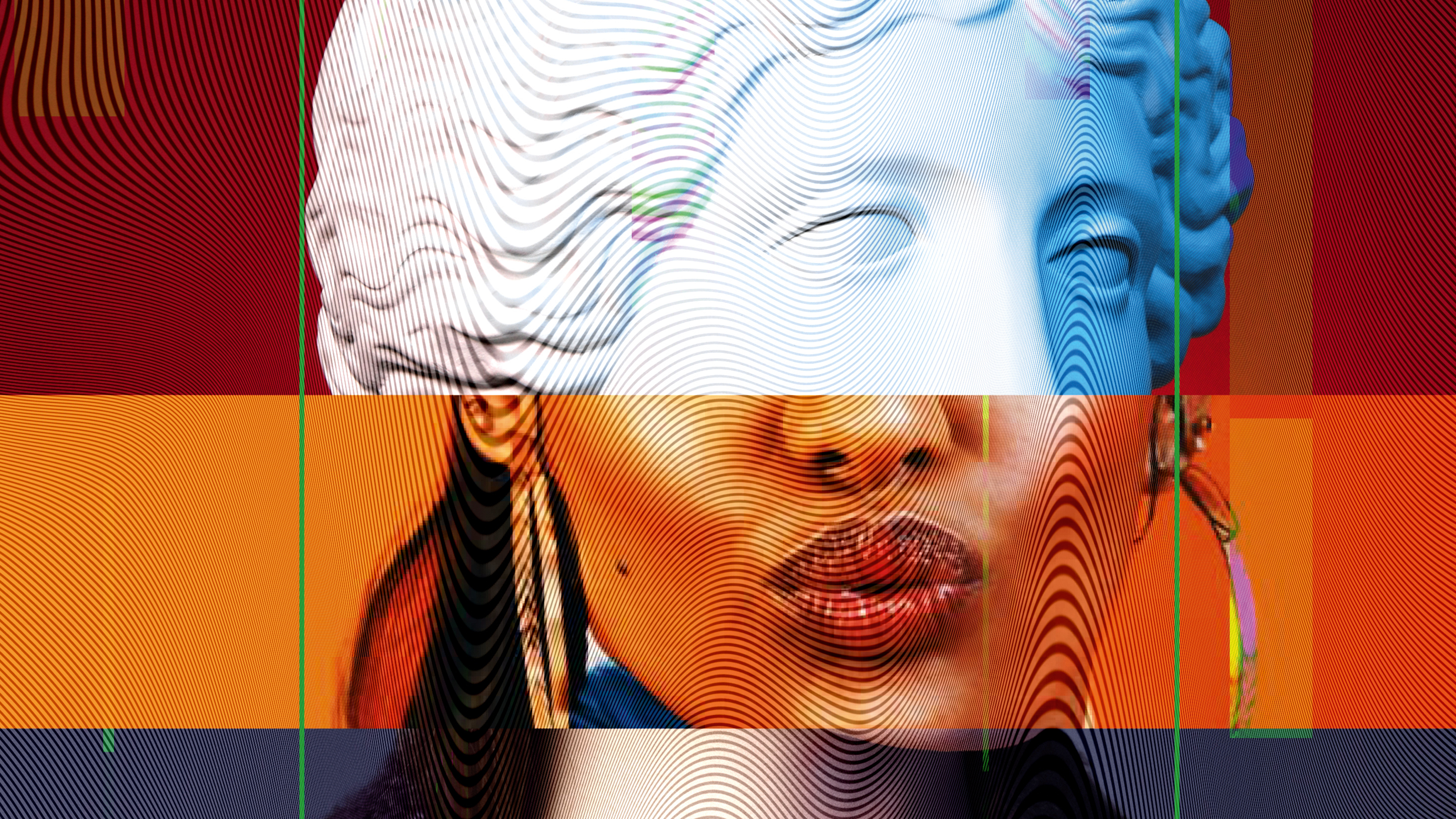
Giselle Mota could see pale complexions and slim hips. She glimpsed fine, straight hair and a parade of bodies that bore little resemblance to her own. She has built her career in emerging technologies, so it’s no shock to her to realize she is the sole woman of color—and sometimes, woman, period—in a room.
But the problem this time was different. Here was a room to which she could not gain access at all.
Mota wasn’t rooting around for her ticket to an exclusive conference or hoping for an invite to an important meeting. She was trying to build an avatar to enter a digital universe—one of a growing number that allows users to experience alternate realities in a virtual landscape. But Mota, an entrepreneur and futurist, couldn’t make one. She is a Black woman. These avatars seemed to hail from Scandinavia.
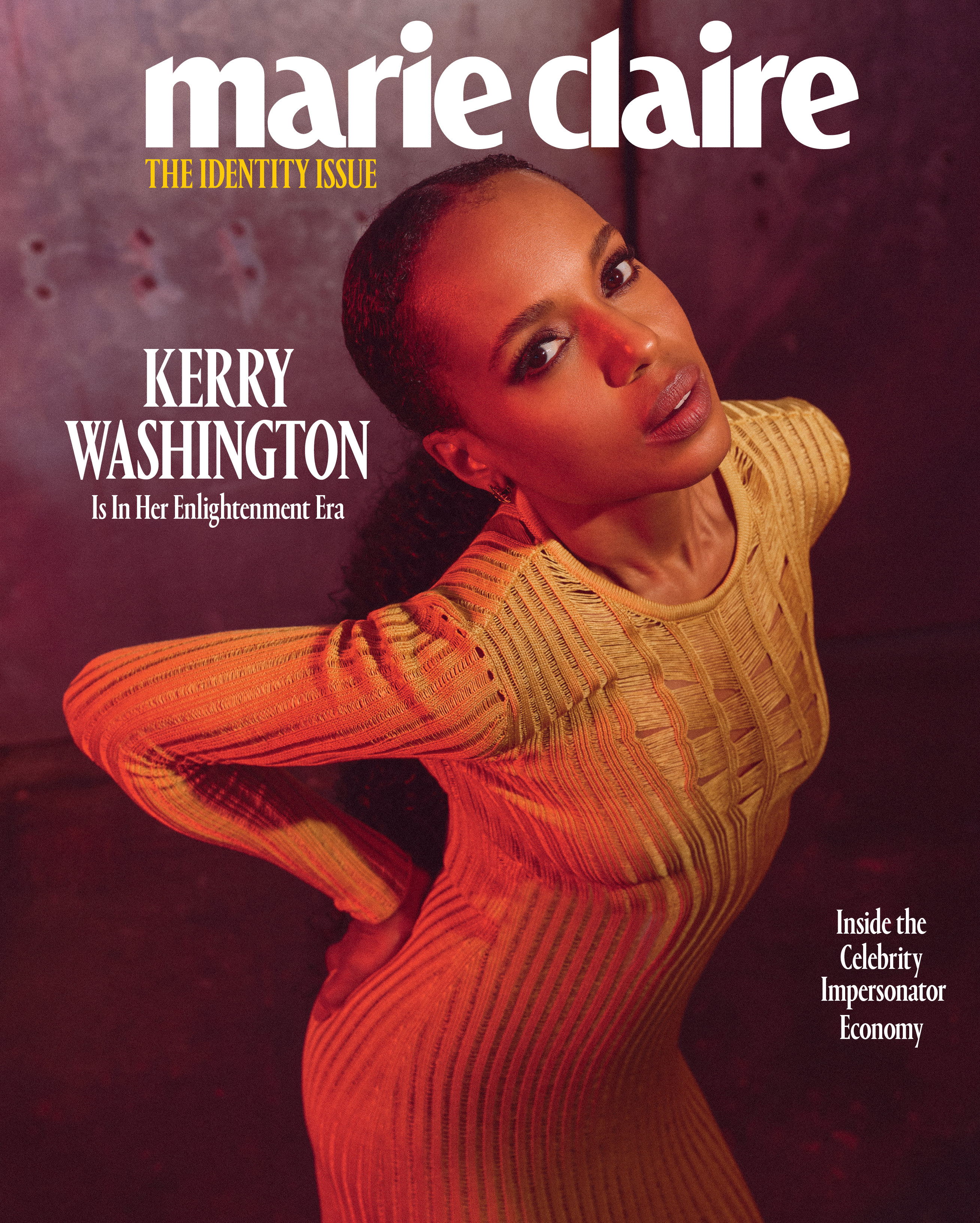
“No one like me,” Mota recalls, with a rueful laugh. “Nothing kind of short, stout, with big hair. No big lips, curves. None of that.”
The metaverse—a catch-all term that describes virtual communities that allow users to move in space and often socialize—has been hailed as the next frontier in internet exploration. Its promise drove Facebook to rebrand as Meta and unveil its Horizon Worlds initiative. (So far, the bet has not paid off. The platform has somehow lost 100,000 users since its launch in 2021; it didn’t have tons to begin with.) Roblox is better positioned. Its 58 million active users enter 3D immersive environments with friends or to meet new people. Its stock surged at the start of 2023, reflecting better-than-expected revenue; a recent trend report seems to attribute at least some of that success to increased interest in Roblox clothes and accessories.
The metaverse perhaps sounds remote to those of us who’ve never ventured into Fortnite, but the augmented and virtual realities that make it possible have become an inextricable part of the internet. That Instagram filter that turns cheeks cherub pink or the AI-generated portraits that flooded feeds in late 2022 or the cartoon-character emoji that moms love to weaponize in the group chat—that’s the metaverse at work. You have used it and been charmed. And so I know that what the researchers say is true: It’s just a matter of time before people like us agonize over which nose in a list of AI-tabulated options most approximates our own (or at least help a friend assess her pixelated nostrils).
In doctors’ offices, where patients have been known to bring screenshots of their filtered faces into consultations, the future is now. It’s evident in classrooms, with some teenagers finding more satisfaction in their digital identities than in reality.
Get exclusive access to fashion and beauty trends, hot-off-the-press celebrity news, and more.
According to 2022 research from Razorfish and VICE Media Group, over half of Gen Z gamers reported feeling more like themselves in the metaverse. A collaboration between Squarespace and the Harris Poll in 2021 revealed that at least 60 percent of Gen Z believes how people present themselves online matters more than their in-person behavior.

People like Mota see the possibilities in these developments. But of course, people like Mota also know their potential for peril. What do we want from our avatars? And how is the funhouse mirror of the metaverse distorting how we see ourselves IRL?
The metaverse is too new for researchers to have a precise answer to such questions. But social media has been better scrutinized. Meta’s own research concluded that Instagram was toxic for girls, making them feel worse about their bodies. The use of filters across platforms has emphasized impossible aesthetic standards and warped people’s sense of themselves—with perfection just a few taps and swipes out of reach. It remains to be seen just how those forces operate in the metaverse, which is at once more “unreal” than social media and more immersive.
“Girls and women have long been socialized to focus on their appearance and monitor their appearance,” explains Sophia Choukas-Bradley, Ph.D., a licensed clinical psychologist and director of the Teen and Young Adult Lab at the University of Pittsburgh. “And so a lot of the basic idea of people changing their appearance through makeup and cosmetics of all kinds and hair products, clothing isn’t new.”
What is new—as Choukas-Bradley sees it—is that “the advent of social media has allowed people to Photoshop themselves and present this edited, fake version of themselves to a broad audience and then receive quantifiable approval.” She worries avatars take that impulse a step further and in the process “create more of a gap between what we perceive as our ideal self and what we in fact look like.”
In the world of the metaverse, perhaps that distant disconnect doesn’t feel so uncomfortable. But the metaverse is still a place we go, not a place we live. Sooner or later, its users have to log off.

I was born in 1992, which makes me a millennial to the marrow. I made a Facebook account in high school. I grew up using disposable cameras, not to be cool or arch but because that is how we took photos. I never learned to film video content, and I never will. The closest I have ever come to entering the metaverse is experimenting with the dog-ears filter in Snapchat. (I did it once or twice. Delightful!)
Until now. I meet Mindy Jafek—a Roblox representative, who has offered to function as a metaverse Virgil—via Zoom. For the uninitiated: Roblox is a platform and an app that allows users to interact, chat, create games, and enter existent ones all within the Roblox world. I want to get a sense of what it’s like to explore, so Jafek whisks me off into the world of her avatars and characters.
Jafek has a “pop punk” humanoid avatar that she favors when she wants to channel middle-school “Avril Lavigne vibes” and an avatar that looks like a cross between a LEGO person and a thumb. She can make her skin pink or purple or blue.
Later, Jenni Svoboda, a digital fashion designer known as Lovespun on Roblox, tells me that users often like having a range of characters to pull from to express varied moods. When Svoboda wants to communicate, she swaps in a new face—goth, glam, excited, or tired.
The fact that the metaverse sanctions that kind of shape-shifting is a quirk that makes some researchers feel optimistic. Social media has, until now, emphasized one idealized self; immersive worlds like Roblox make the mask obvious. In an email, Adam Alter, Ph.D., a professor of marketing at New York University’s Stern School of Business and the author of Irresistible: The Rise of Addictive Technolo and the Business of Keeping Us Hooked, notes the difference: “On Instagram, for example, you see the very best slices of everyone else’s life, and they manicure their appearances with filters that aren’t always obvious to the naked eye. As a result, you see one hyper-attractive person after another living a hyper-desirable life. How can you not feel bad? Humans compare themselves to other people innately, and so occupying a universe, whether online or offline, that exposes you to the one-percenters in physical appearance and life satisfaction—whether honest or not—has the potential to be very damaging. Now, if the avatars people use in the metaverse are obviously not real, that mitigates this effect.”
To Alter, the scourge of social media is that the photos that stream across our screens seem real, but aren’t. “The problem is believing people are genuinely interesting and attractive,” he writes, “but if you’re interacting with them in a setting that makes clear they don’t actually look the way they present themselves, or where they’re not consistently interesting, you may not experience the same deficit as you do on more subtly manicured platforms.”
One platform that fits Alter’s schema is Bitmoji—the customized cartoon platform that Snap Inc. acquired in 2016. Per a representative, 85 percent of Gen Z—a generation born into the internet age— has made one. Bitmoji characters are exaggerated and cute. Not airbrushed. No one would call a Bitmoji “manicured.” It doesn’t pretend to be real. David Rosenberg—who serves as Bitmoji’s director of strategy for Snap—explains the caricatures’ appeal to Gen Z like so: “It’s not an escapist or aspirational version of them.” It’s sillier. And more fun. It feels truer, faster, and easier to send to a friend than a “perfect” selfie.

Still, to produce a virtual stand-in—even one with a sense of humor—requires an act of reinvention. It’s a Cinderella moment for the internet. That thrill is part of what keeps Svoboda, who materializes via Zoom from her gamer chair with a cascade of pink string lights behind her, so invested in Roblox. It’s like a department store, Sephora counter, and amusement park rolled into one. But with no “unflattering” trends or nauseating rides. There are no ill-fitting bathing suits in the metaverse. Svoboda gushes over the growing number of user-generated faces in Roblox. “I’m like, ‘Oh gosh, I wish I could rock that kind of makeup look in real life.’ I do not have a face fit for that,” she says. “So of course, I would go into Roblox and be like, ‘Yes, that’s going to be something that I’m going to grab and put on.’”
Brands have gotten hip to the appeal. In the Givenchy Beauty House experience on Roblox, users can virtually style and apply dozens of makeup looks on their avatars in a matter of minutes. Laura Mercier runs a similar service on its site. At the start of 2023, BUXOM Cosmetics launched the “BUXOM Plumpverse.” It boasts “gamified experiences” and an AR-augmented filter that lets users sample its Plump Shot Sheer Tint serum. I can see how the tools would be useful, but I also know the secret: that makeup—applied over pores and real skin—never looks as “good” as Photoshop or filters.
“It’s more vivid,” Svoboda says, comparing Roblox to traditional social media. Later, she adds: “When it comes to real life, if I snap a picture, I have to focus on, ‘How am I going to pose? Is this going to be a horrible Snap?’ Whereas when I go to Roblox, I can go wild with it and I can post that picture on social media and instead of it having to be me, I’m still going to get praised.” The likes roll in. She doesn’t even need to show her face.
In the name of journalism, I decide to make an Instagram avatar. It takes me about 20 minutes. I spend 12 of them testing out various mouth-and-nose combinations. The completed avatar looks like a cross between me, a short, pale-skinned brunette, and Lord Farquaad from the animated film Shrek.
“It’s a weird experience to break down your look into individual parts,” says Emma Gray, a writer and podcaster, who made an Instagram avatar around the same time I did. “It’s not the natural way we consume our own faces or other people’s faces.” Gray swiped between Instagram’s customization tool and photos of herself. She couldn’t remember quite what her own features looked like. “You view the totality of it. You’re not like, ‘That chin is so oblong.’”
She’s not sure whether she’ll use her creation, but the process of Frankensteining her made her glad she grew up pre-metaverse. The limited number of available bodies on Instagram—just 10, at present—depressed her. She ended up with a “string bean little thing” of a shape. It’s not that adults are liberated from the social forces that have adolescents in a vice grip, but at least she had a chance to become who she is without screens—without the constant self-reflection. If she were still a teenager, she wonders whether that disorientation and disconnection would feel amplified. Whose appearance would matter more to her—her real self or her digital one?

In late 2022, a photo and video editing app called Lensa AI exploded on social media. Lensa uses machine-learning tools (and, per some persistent accusations, stolen artwork) to generate portraits based on selfies. It called them “magic avatars” and charged a few dollars for them. A shocking number of people I know paid. Lensa transformed them into astronauts and sad e-girls and princesses. “I wish I looked like this!” a friend said, showing me the cut-glass cheekbones that Lensa had given her. In the portrait, she had green skin. But her cheekbones did look great.
Writer Jessica DeFino, who explores the ugly side of the beauty industry in her newsletter The Unpublishable, expects that more of us will seek to replicate bits of our avatar selves. Or we’ll be tempted to. “I think it is concerning that society is moving toward increasingly digital and virtual lives and that has an impact on how we see ourselves and how we see others,” she says.
There have been efforts to make the process of creating avatars more inclusive. In 2018, Bitmoji expanded its skin-tone options from 25 to 40. In 2020, it added a mullet to its hair menu. In 2022, Bitmoji Deluxe introduced hundreds of new options such that no two Bitmoji are alike. A friend with deep-brown skin told me she wouldn’t have made a Memoji—the iOS version of Bitmoji—had she not been able to shade-match her complexion. She wanted to feel like herself even in two dimensions. And I would know her avatar even in the remotest reaches of the metaverse; I see it and it makes me smile. It feels like her.
DeFino notes that even the most assiduous stab at representation still places the focus—and our collective gaze—on bodies. “I call it the aesthetic realm,” she says. “So much of our lives right now are lived in the aesthetic realm. We’re concerned with how we look, how things appear to others. We are so focused on aesthetics at the expense of the rest of our being.”
Avatars are an extension of that. Each provides another face to tend to, with bodies to assess and scrutinize. There is no escaping that.
In 2020, CNN joined a chorus of publications reporting on the number of dermatological treatments and surgical interventions designed to mimic the effects of social-media filters. Young women are consulting their doctors in the hopes of achieving “Instagram face”—the homogeneous small-nose-enormous-cheekbones look that AR filters materialize on screens.
Avatars have their own risks. Bitmojis are sweet cartoons; Roblox characters can be fairies, reptiles, or have blue skin. None of them have pores. Filters on social media move with a person’s face behind them; avatars are independent. When someone over-identifies with one, it’s their real life that can start to feel fake.
Dendy Engelman, M.D., a New York board-certified dermatologist, tells me that patients bring manipulated photos of themselves into appointments several times a week. Mostly from people who use Facetune and want lip fillers. Engelman isn’t opposed; it’s her business. But she has had to counsel patients who “present altered renderings of themselves” so dramatic that she can’t in good conscience provide her services. “When I deem it undesirable or unattractive, I will explain that this is not an aesthetic that should be achieved,” she writes in an email. “Patients can be upset, but that’s ultimately good medicine.”
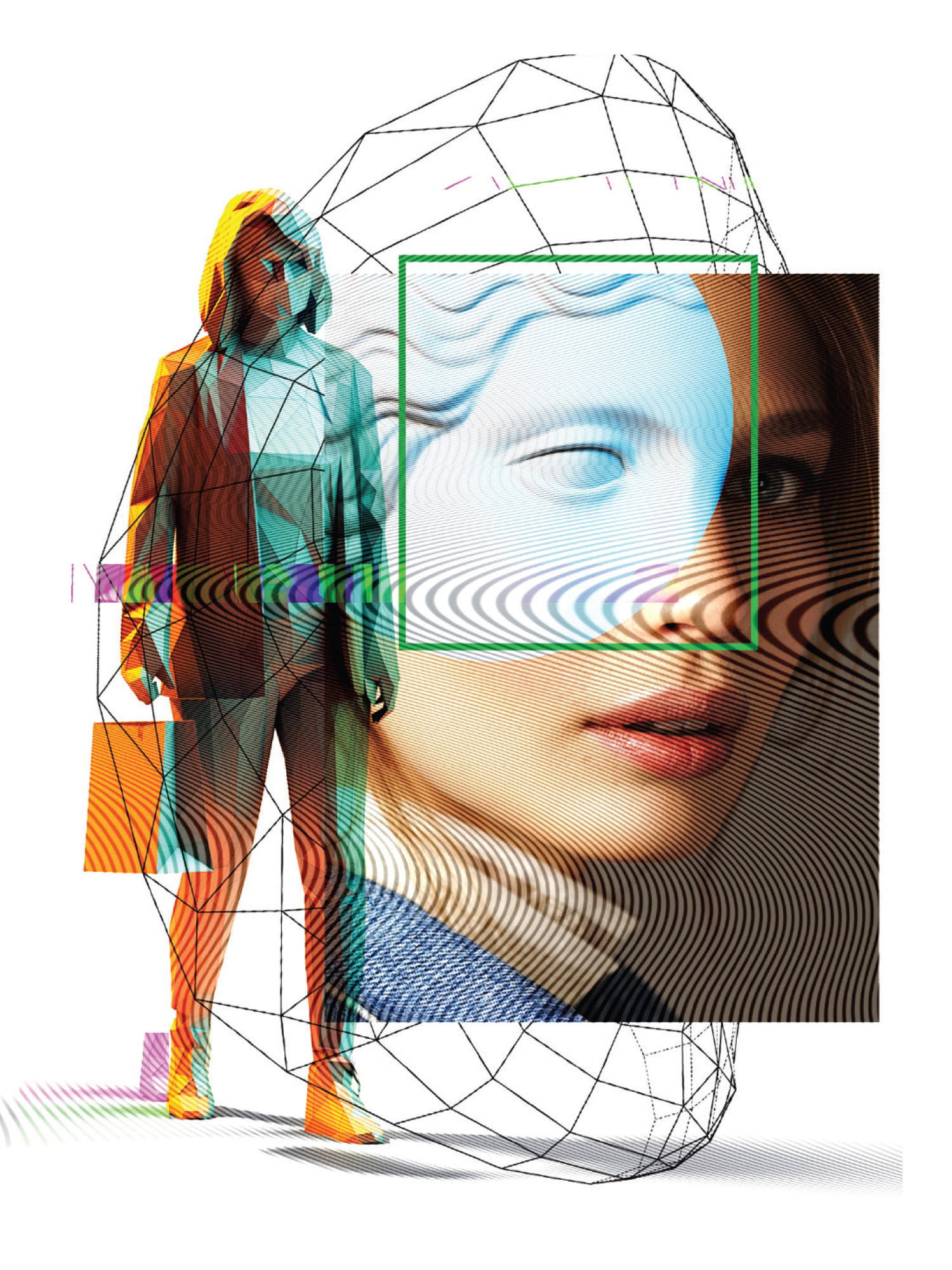
It can be weird and euphoric and complicated and damaging, but what Claire Pescott, Ph.D., knows for sure is that the metaverse is not disappearing. Pescott studies what she calls the digital social world and its impact on tweens in particular. She talks to parents whose greatest fear is that their child be groomed or abused in an online space, but who do not think at all about how to help their kids navigate far more prevalent issues—filters, avatars, self-expression, and online personas. Her aim is not to be a cheerleader for the metaverse, but to be realistic about it. It’s pointless to continue to draw elaborate distinctions between digital worlds and ours. Young people don’t see the divide.
“What I did find was that culture online was an extension of culture in real life,” she says. What Pescott means is that problems that have plagued avatar tech, from filters to digital doubles that look like Bratz dolls, are not so different from the problems in our culture in general. We won’t be able to fix what ails the metaverse until we fix the biases and toxic standards we’ve normalized here. She hears girls’ anxieties in her studies. Not feeling beautiful, wanting to hide behind a filter. She didn’t have Snapchat as a kid, but she knows the impulse. Girls have learned it in school and from peers for generations, not from some new tech overlord.
“It’s not all negative,” Pescott adds. The metaverse can be a true and actual revelation for people who live in places that don’t offer them the freedom to be themselves. “Young children and teenagers who are experimenting with their identities can be different people, wear different props, test out different personalities, and that can be a real positive.” For LGBTQ+ kids in particular, it can be a haven.
That service—the metaverse as a genuine town square, where people from different countries and cultures can feel welcome and explore—is something the sector will have to work to provide. It will require overcoming the issues that people like Mota have experienced. But it is—per Rosenberg—what users expect from companies like Bitmoji. He explains that Bitmoji receives constant feedback from consumers. Some user requests are a little too particular to cater to, like people who want their avatars to have a tattoo that looks just like theirs. But others have inched it closer to what Rosenberg identifies as its ultimate aim: to be “the world’s avatar.” To be able to accommodate features as diverse and unique as exist on this planet. It has created one billion avatars to date.
Giselle Mota abandoned the metaverse that failed to represent her. She has since founded NFTY Collective, which makes avatars for people with seen and unseen disabilities that can be customized with prosthetic limbs, wheelchairs, and more. The metaverse has improved when it comes to racial representation, but it still falls short of true inclusion. Mota wants to fix that. Each avatar is based on a real person, a partnership that Mota emphasizes. She knows the dehumanizing effect of mix-and-match features. She likes to remind people that real bodies are behind her personalities.
Mota worries about how different skin tones and bodies can be weaponized in the metaverse. There’s no real recourse for policing cultural appropriation. It operates as it does elsewhere: You have to call it out.
Her work now takes aim at the conventional aesthetic standards that occur both in our real world and in the worlds that people are building. What she wants for the metaverse is liberation. She hopes for a virtual universe that lets people be their truest selves—whether that means making it possible for them to build the most “accurate” avatar or one that just captures something about their mood, their dreams. She wants to create avatars in wheelchairs and avatars that let amputees run on two legs: “To us, it’s about the choice.”
Mota will not cede this new world to the same people who have seized power in ours. AI has its own biases—ones that computer scientists and engineers and entrepreneurs feed it with data and algorithms. The output replicates existent discrimination. “We need more people of color designing these technologies, creating for their communities and representing,” she says. “If I would’ve been like, ‘I’m not going to touch this topic,’ then no one would hear [from me].”
Her silence wouldn’t mean no metaverse. It would just mean the metaverse would be built without the input of people like her. The work is too close to her to abandon. The metaverse is more than what she does. It’s who she is.
The Metaverse Dictionary
Internet speak to help you navigate the digital world, compiled by MC Beauty Director Deena Campbell
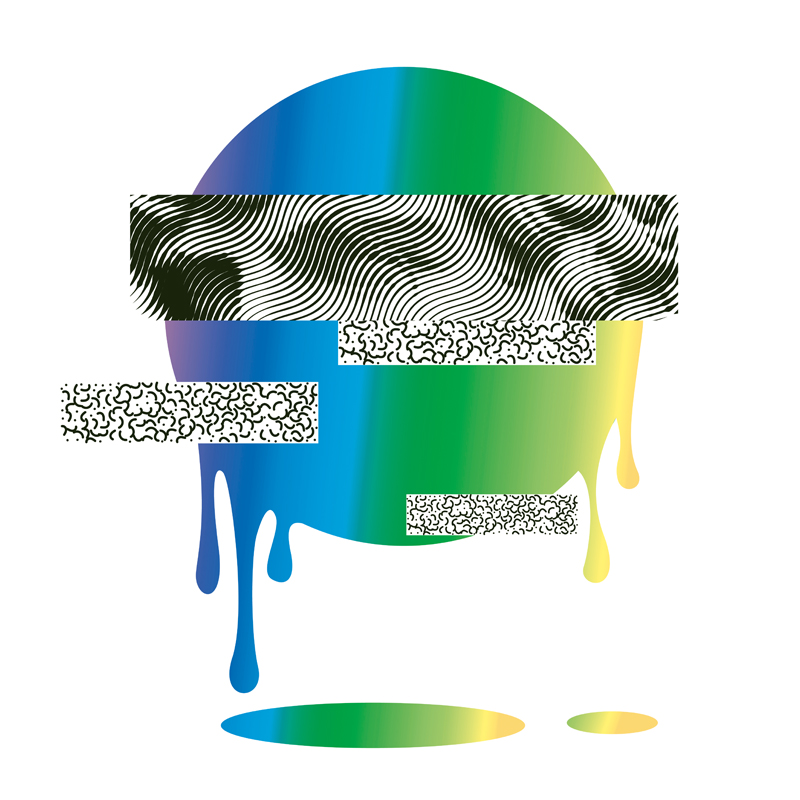
- Artificial intelligence (AI). The ability of a digital computer or computer-controlled robot to perform tasks commonly associated with intelligent beings.
- Avatar. An icon or figure representing a particular person in a video game, internet forum, or social media.
- Bitmoji. Brand name for a digital cartoon image that is intended to look like and represent you, used in electronic communication.
- Metaverse. A virtual-reality space in which users can interact with a computer-generated environment and other users.
- Virtual reality (VR). The use of computer modeling and simulation that enables a person to interact with an artificial three-dimensional (3D) visual or other sensory environment.
- Web3. A new stack of technologies for the development of decentralized web applications that enable users to control their own identity and data.
Virtual Reality Rules
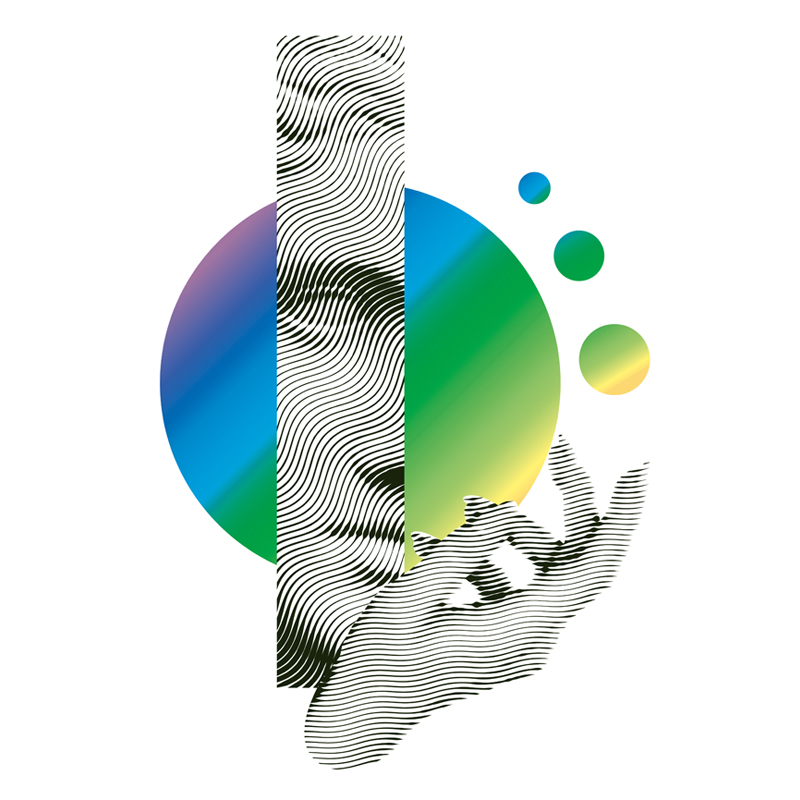
Alex Box, M.D., identity designer and beauty futurist, speaks to MC Beauty Director Deena Campbell about what you need to adhere to when creating your identity in the metaverse.
- Creating a celebrity doppelganger? Think again. “It’s okay to create an avatar of a celebrity if that avatar is licensed and authenticated by the celebrity and is hosted on an ethical and reputable platform,” says Box. “Equally, creating any likeness of an existing person requires their consent.”
- Keep in mind your intention. Ask yourself why your avatar is being made to look like someone else. “[The same rules apply for] fake accounts and identity theft,” says Box. “If the intention is harm, deception, and exploitation, then it’s problematic.”
- Follow real-world rules. The same ethics and code of conduct that exist in the real world should be applied to the metaverse. “Behind every created avatar there is a real person with a moral compass,” says Box. “Ethically what we have learned to be as humans and have also failed to do in the real world applies even more so for an emerging world.”
Mattie Kahn is a writer who lives in New York. She covers politics, style, culture, and dangerous women. As far as she's concerned, candidates come and go, but the Oxford comma is forever.
